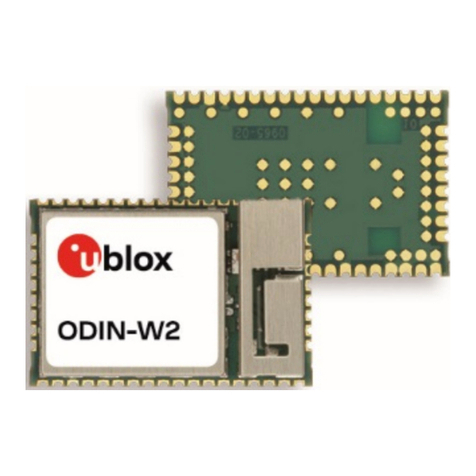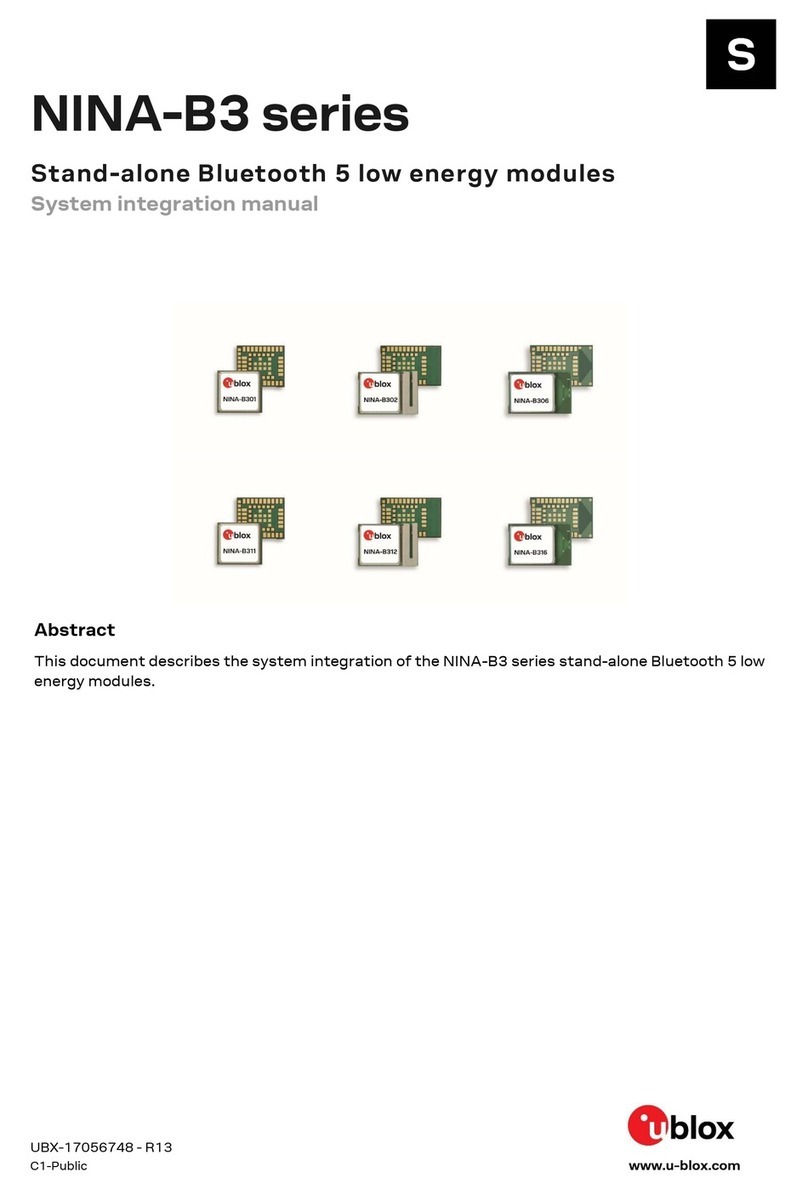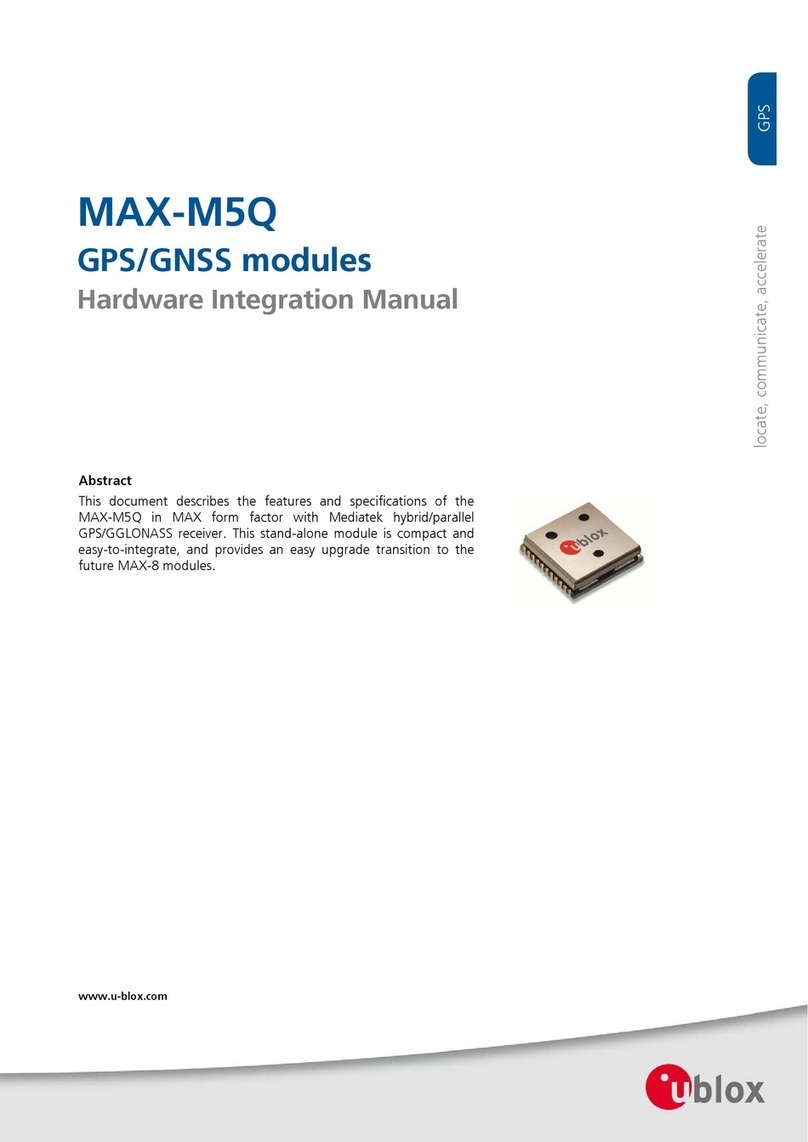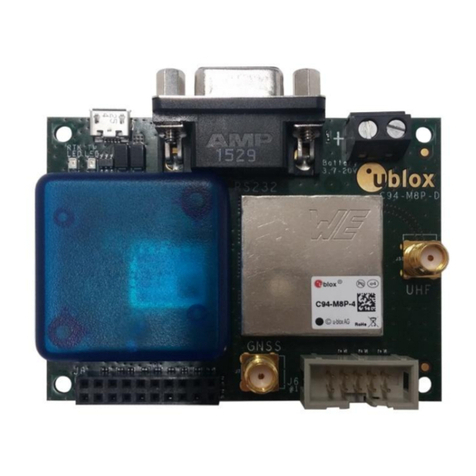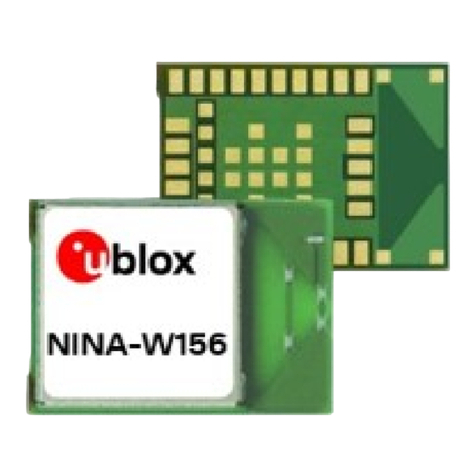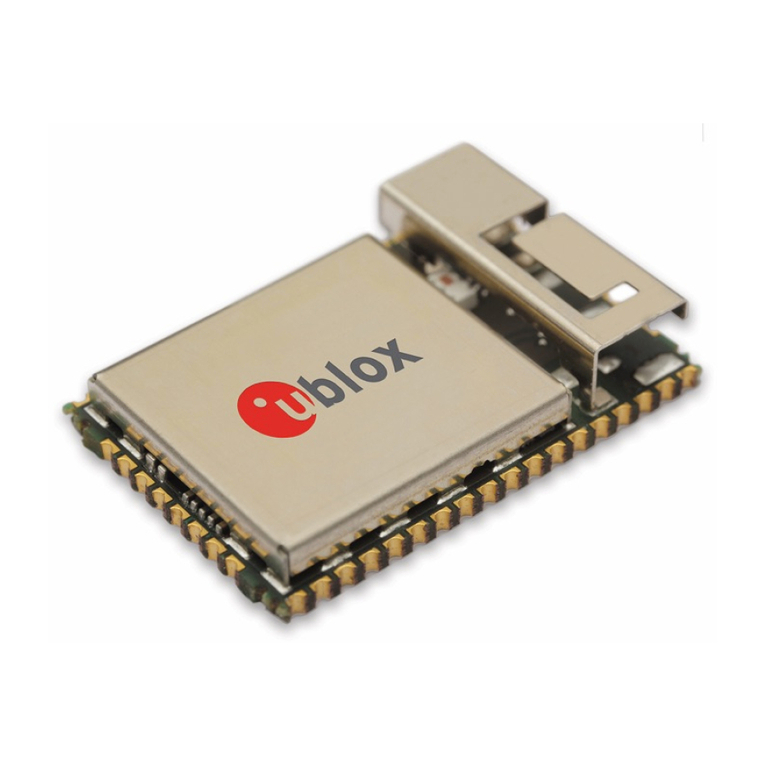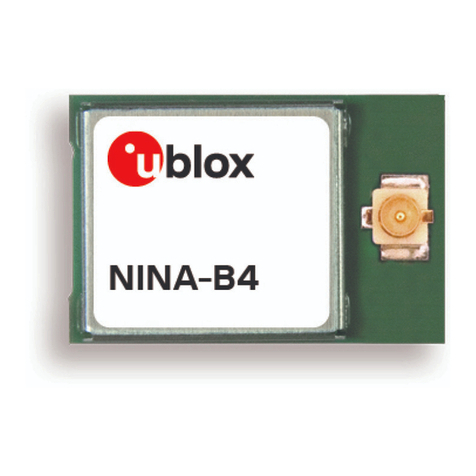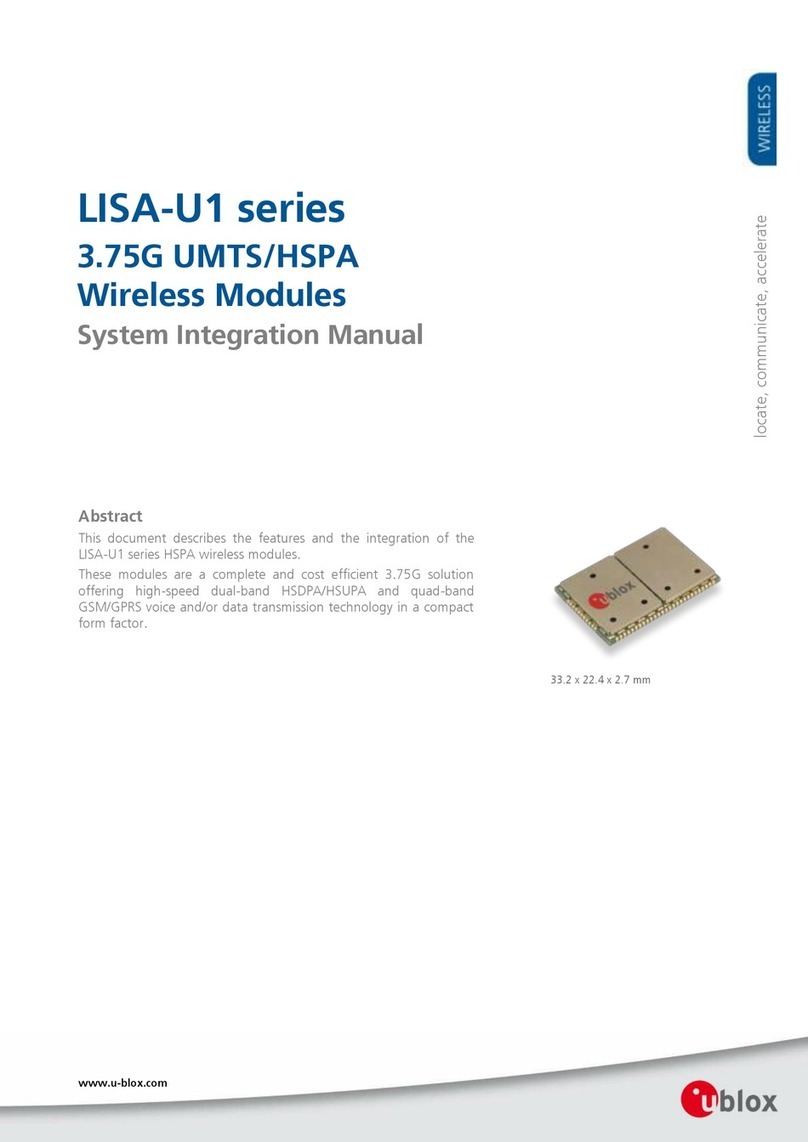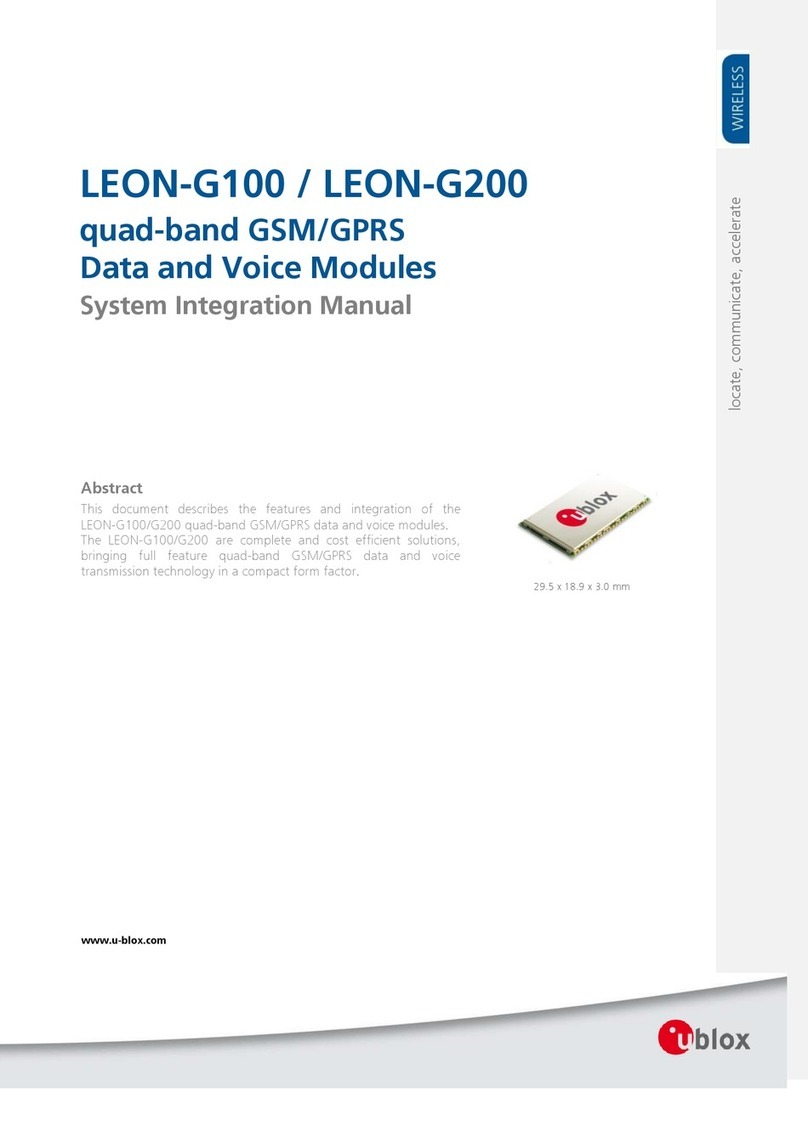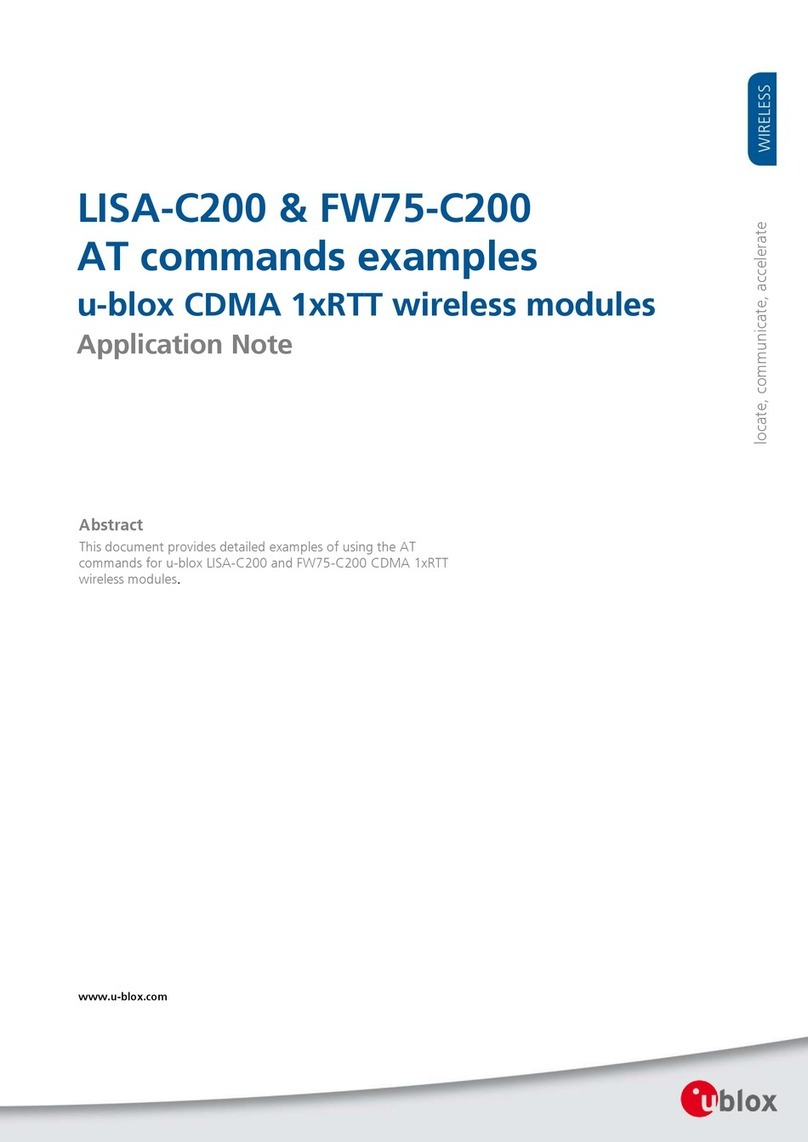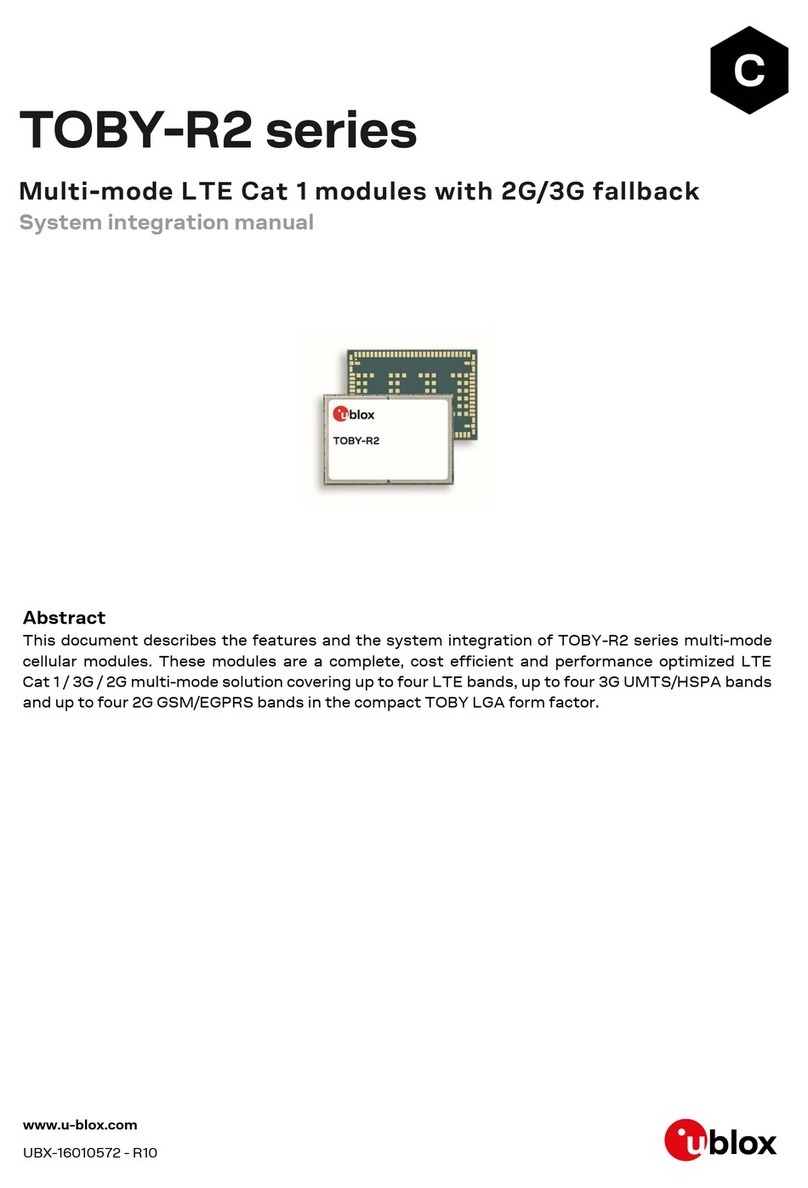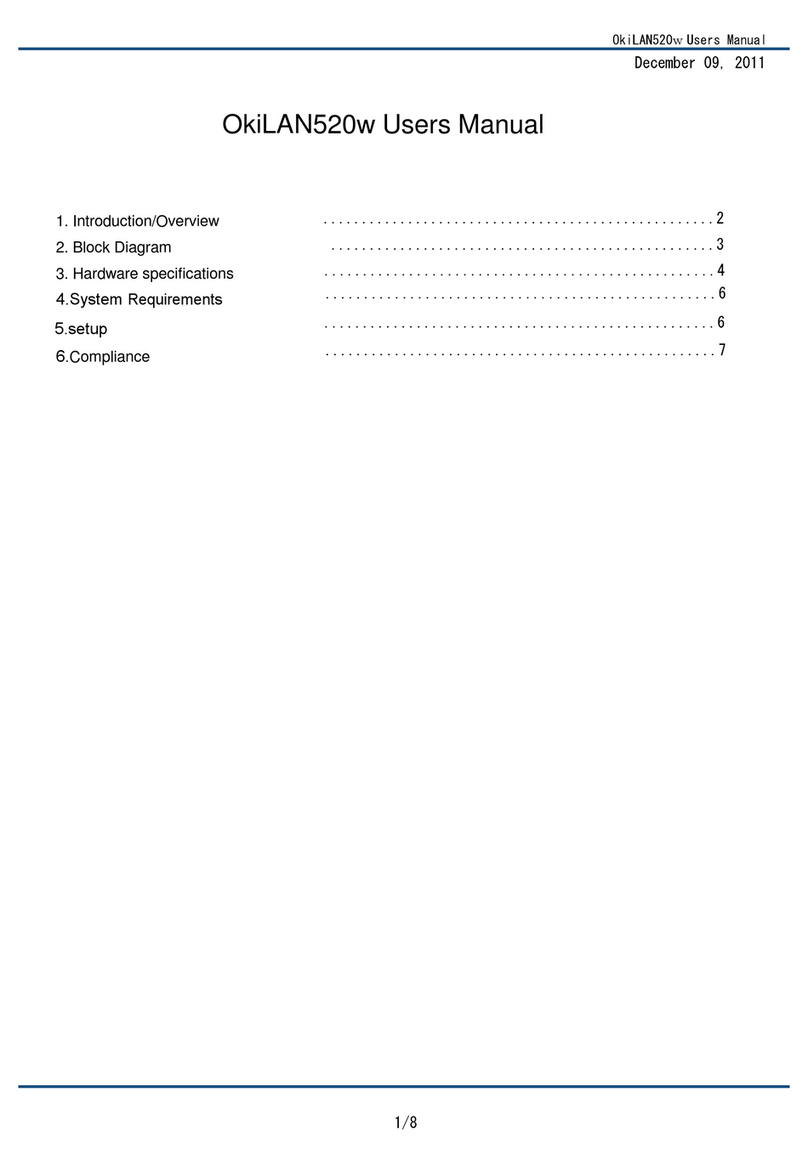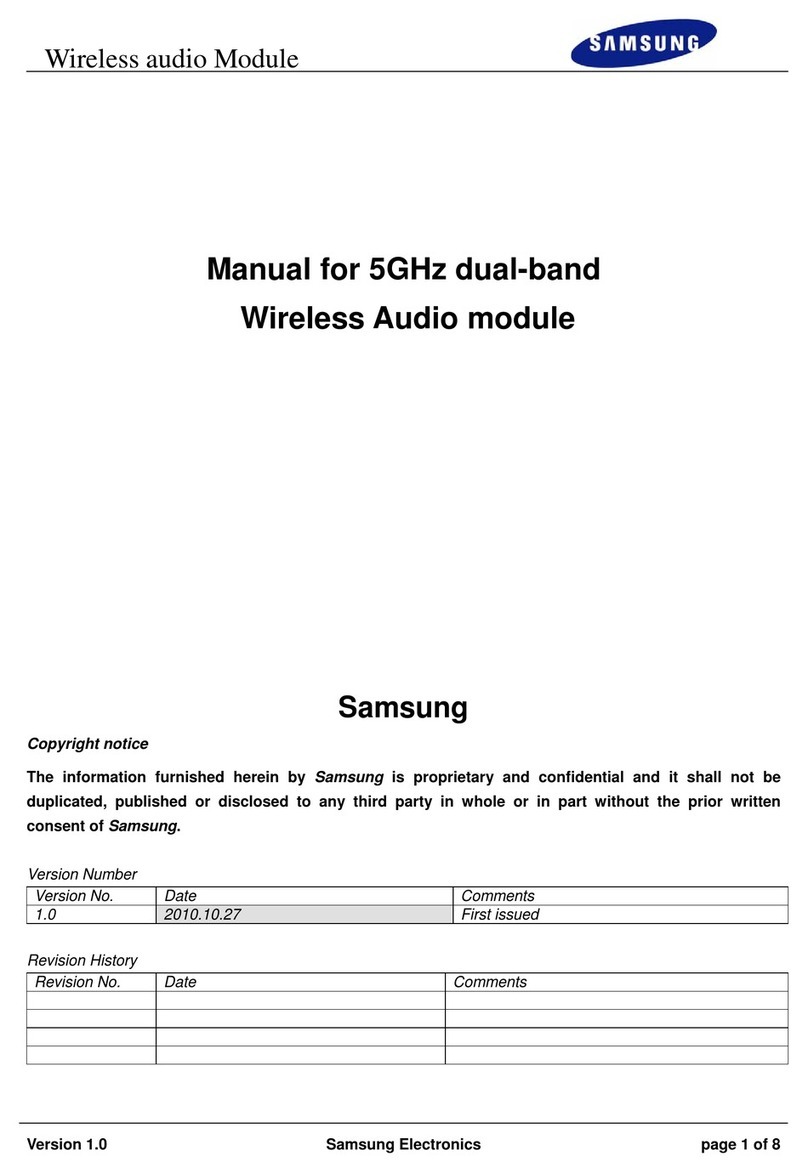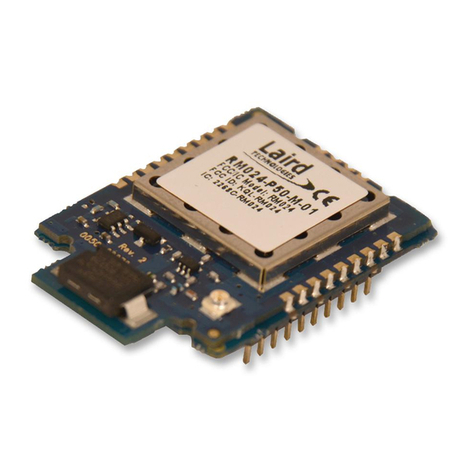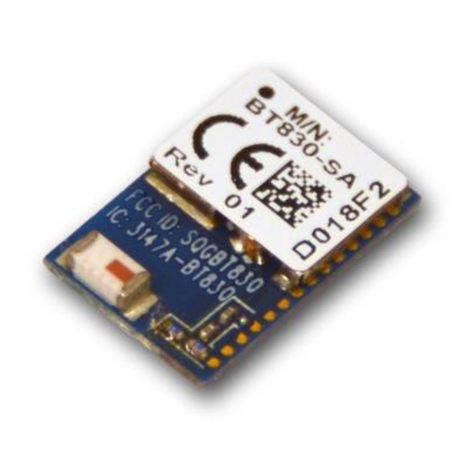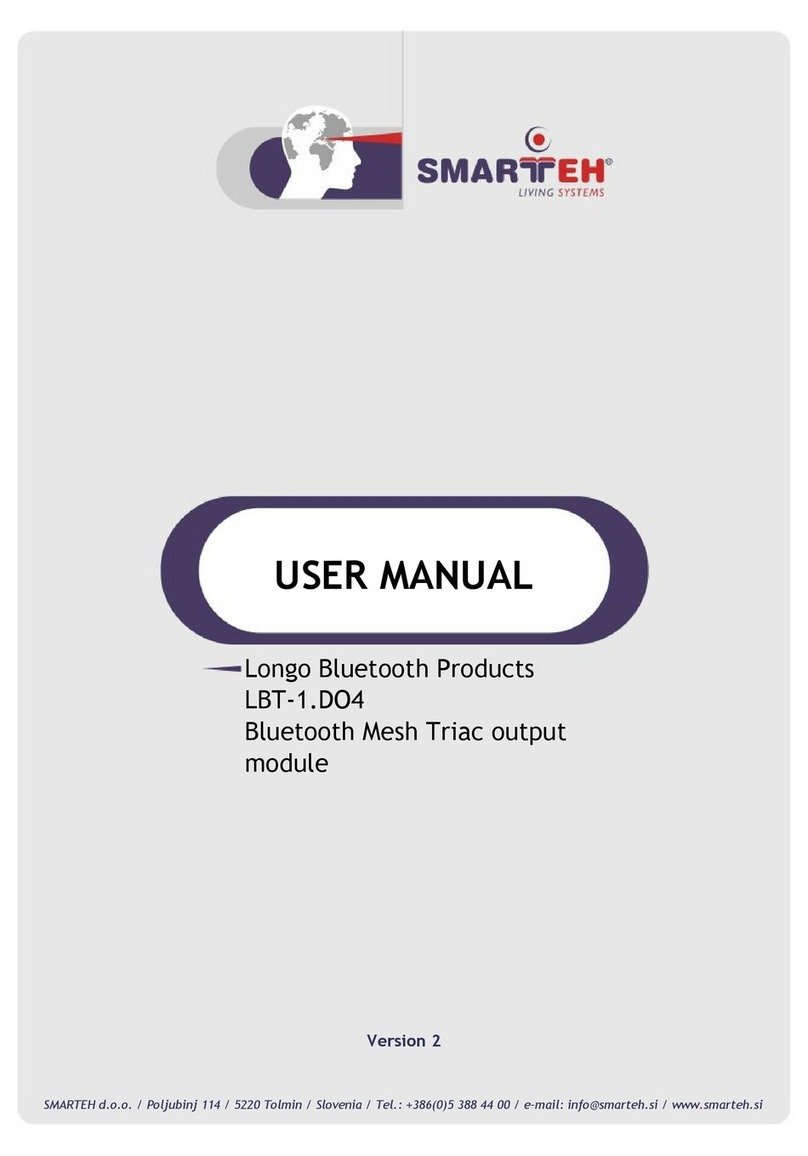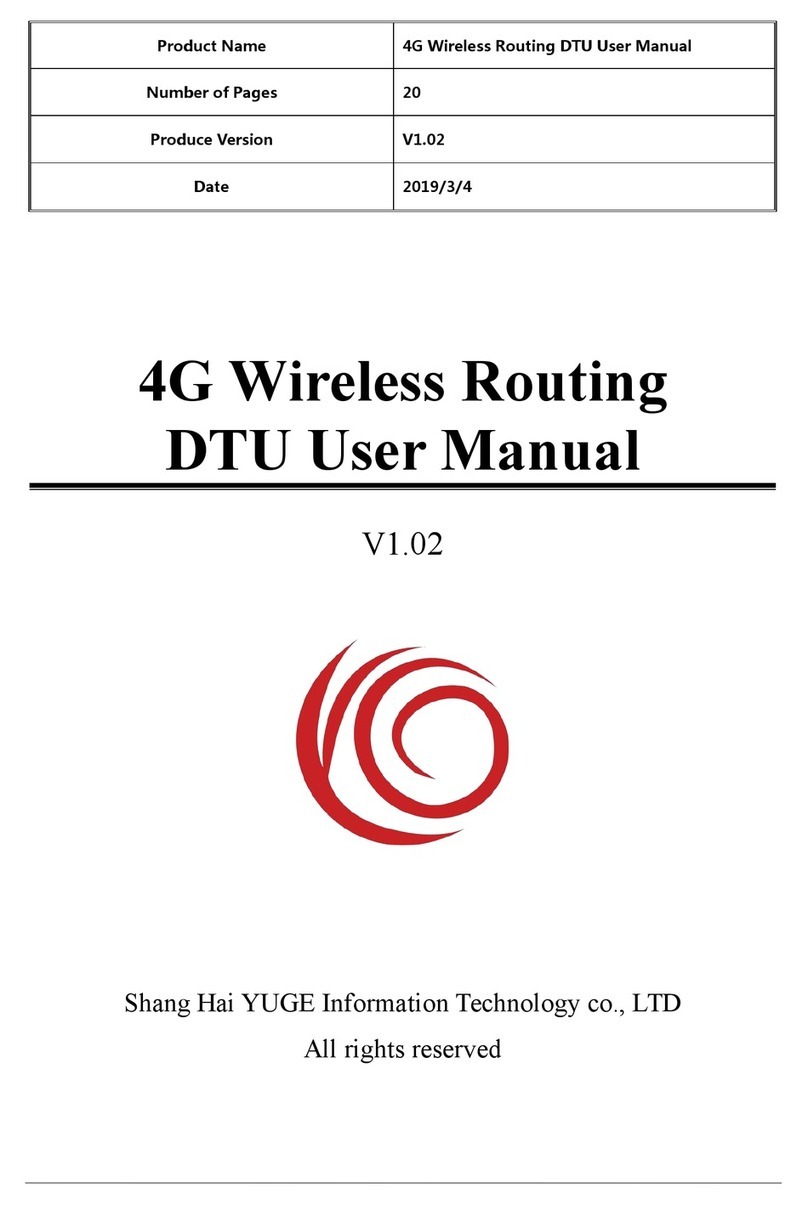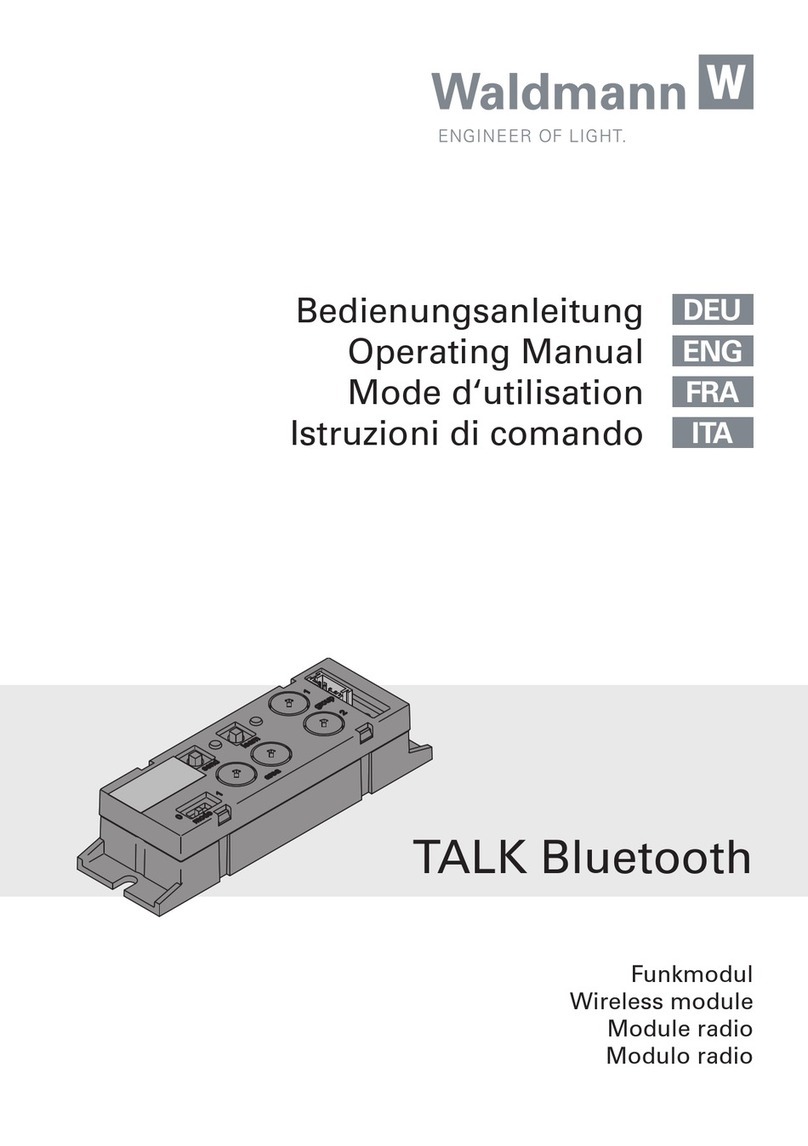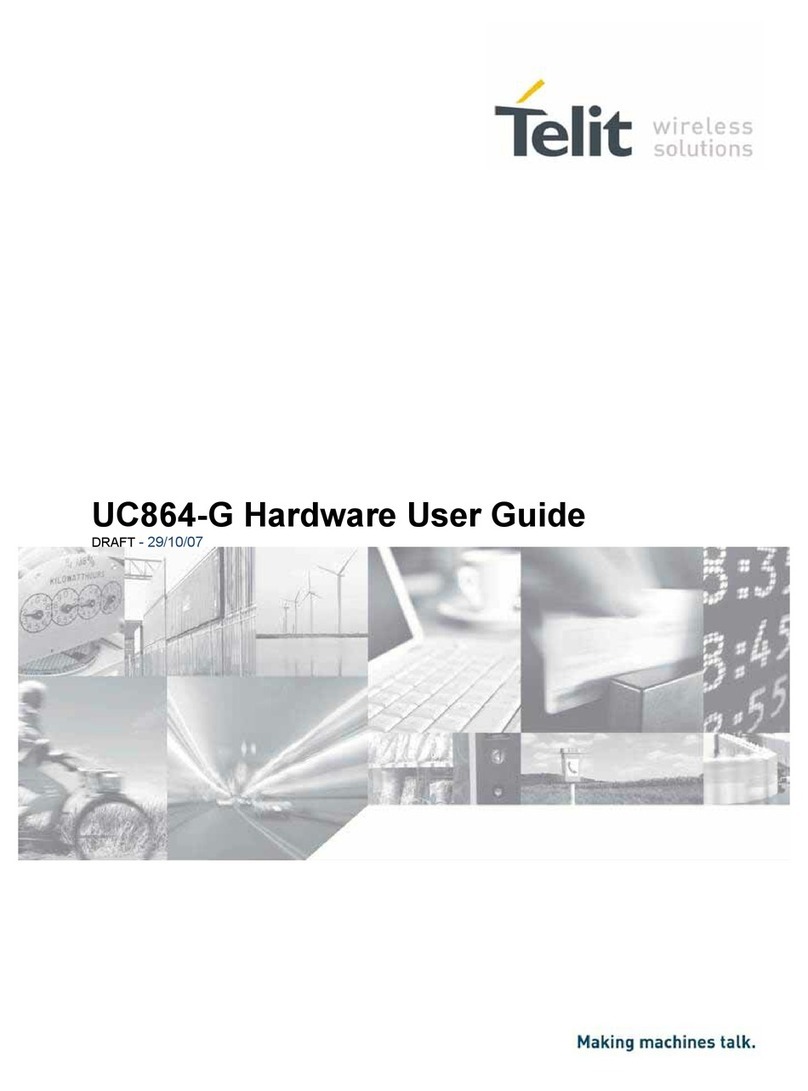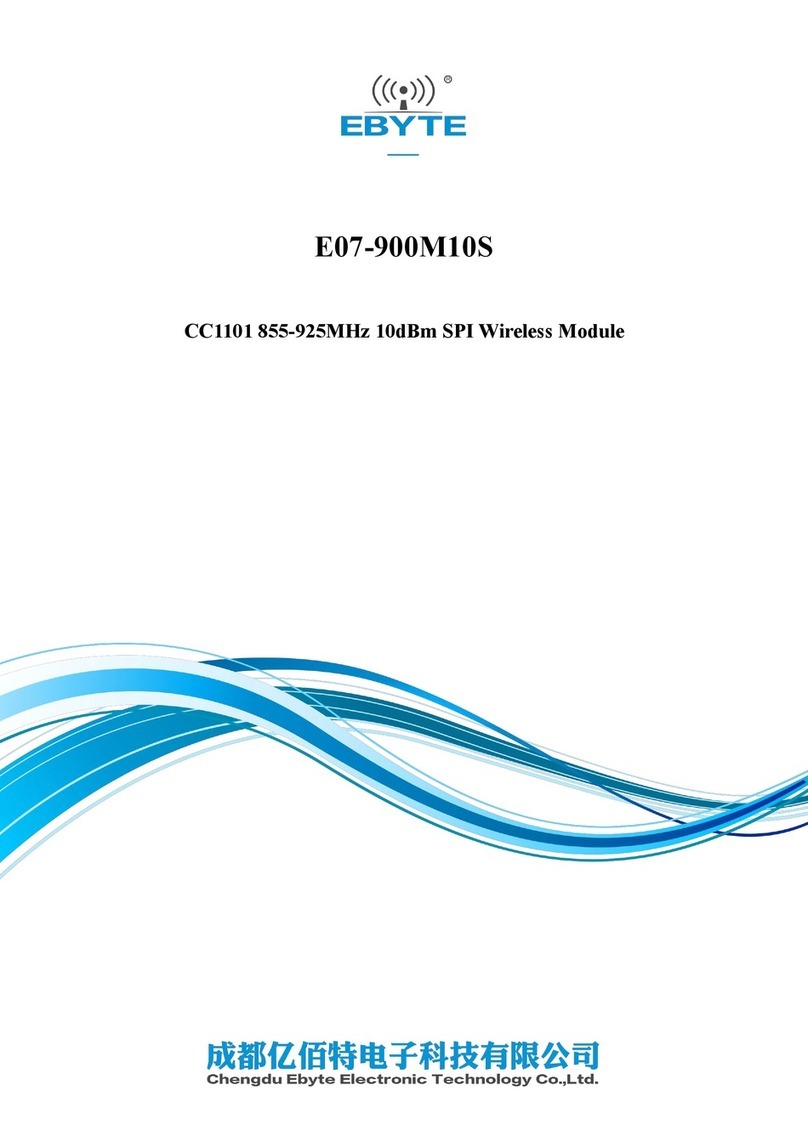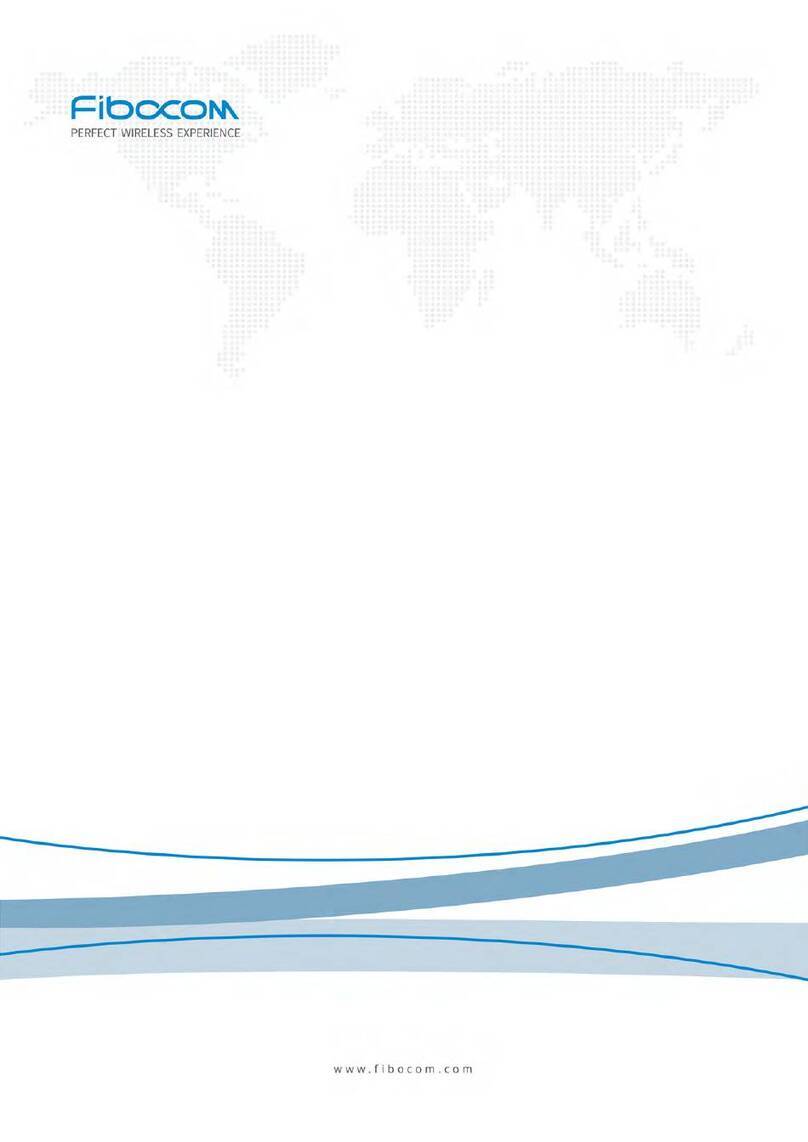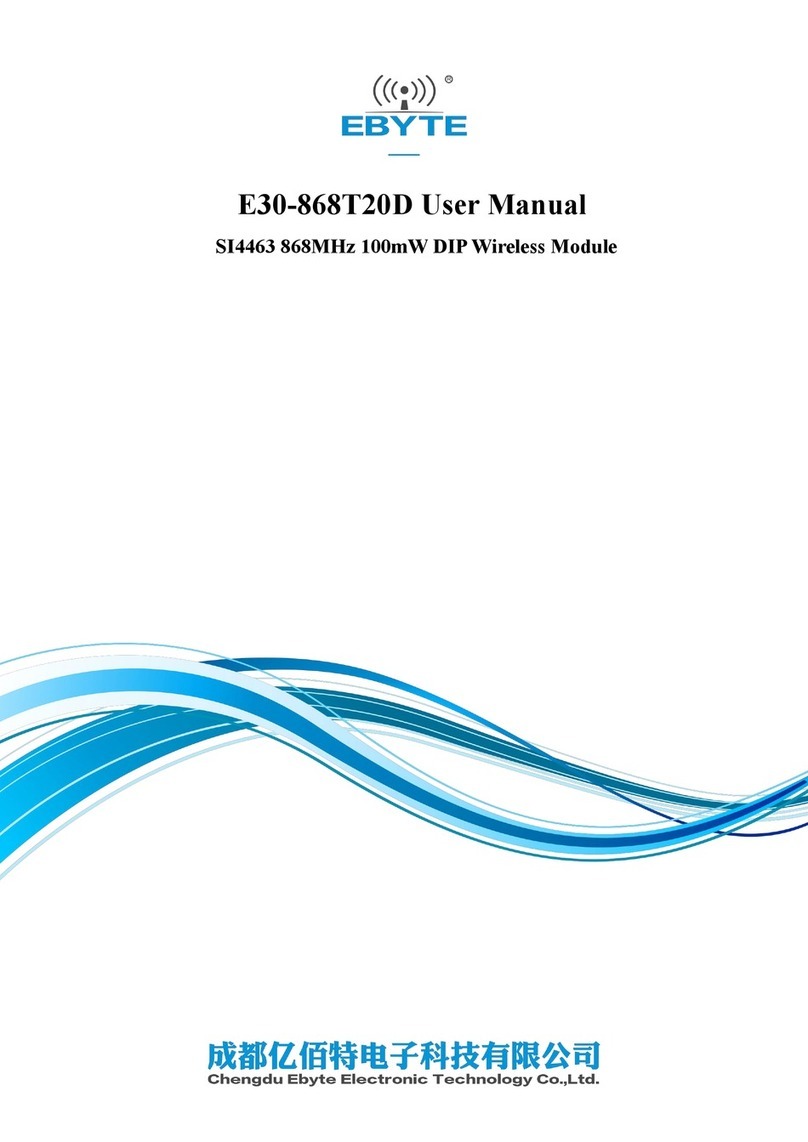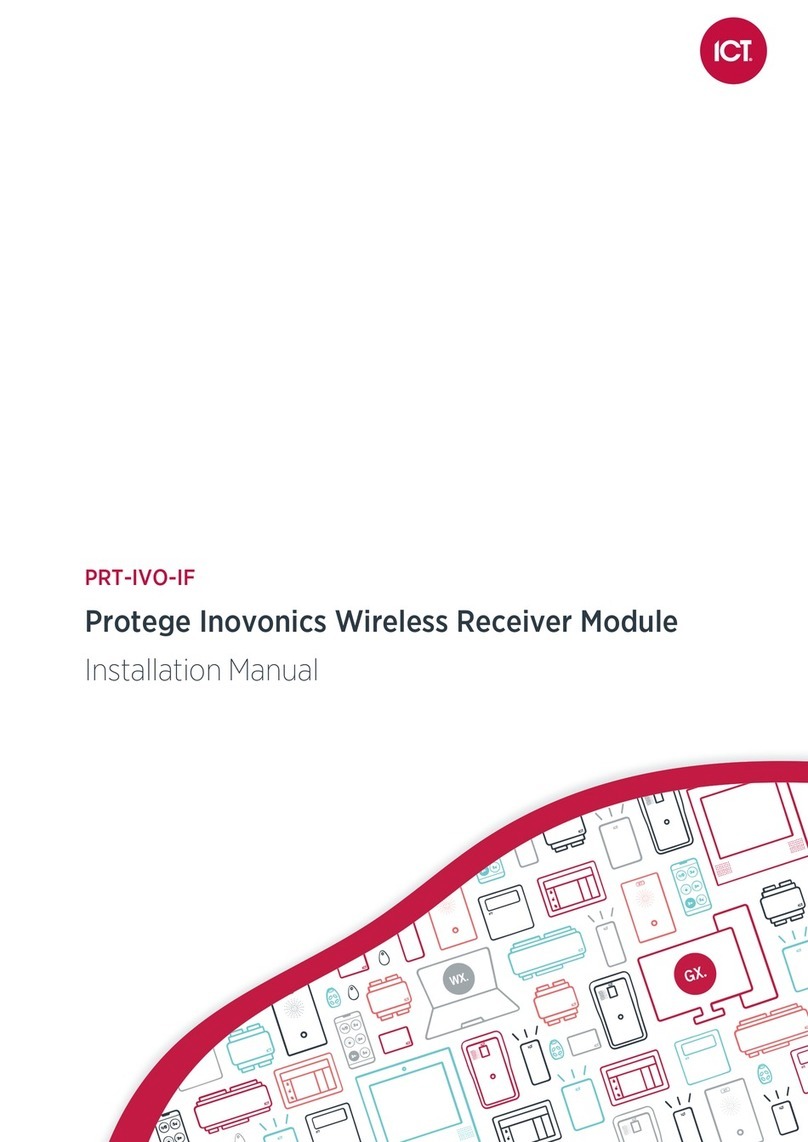
ANNA-B112 - System integration manual
UBX-18009821 - R09 Contents Page 4 of 66
C1-Public
2.2.4 Arm Mbed OS ....................................................................................................................................24
2.2.5 Wirepas Mesh....................................................................................................................................28
2.2.6 Saving Bluetooth MAC address and other production data....................................................28
Flashing ANNA-B112 ...............................................................................................................................29
2.3.1 Flashing over UART..........................................................................................................................30
2.3.2 Flashing over the SWD interface...................................................................................................36
3Design-in............................................................................................................................................. 39
Overview......................................................................................................................................................39
Antenna interface.....................................................................................................................................39
3.2.1 ANNA-B112 Internal antenna design...........................................................................................39
3.2.2 ANNA-B112 External antenna design..........................................................................................40
3.2.3 General antenna design guidelines...............................................................................................40
Supply interfaces ......................................................................................................................................44
3.3.1 Module supply design ......................................................................................................................44
Data communication interfaces ............................................................................................................44
3.4.1 Asynchronous serial interface (UART) design............................................................................44
3.4.2 Serial peripheral interface (SPI).....................................................................................................45
3.4.3 I2C interface.......................................................................................................................................45
NFC interface.............................................................................................................................................45
3.5.1 Battery protection ............................................................................................................................45
General High Speed layout guidelines ..................................................................................................46
3.6.1 General considerations for schematic design and PCB floor-planning.................................46
3.6.2 Module placement ............................................................................................................................46
3.6.3 Layout and manufacturing.............................................................................................................46
Module footprint and paste mask .........................................................................................................47
Thermal guidelines ...................................................................................................................................47
ESD guidelines ...........................................................................................................................................47
4Handling and soldering................................................................................................................... 49
Packaging, shipping, storage, and moisture preconditioning.........................................................49
Handling......................................................................................................................................................49
Soldering .....................................................................................................................................................49
4.3.1 Reflow soldering process ................................................................................................................49
4.3.2 Cleaning ..............................................................................................................................................51
4.3.3 Potting ................................................................................................................................................51
4.3.4 Other remarks ...................................................................................................................................51
5Qualifications and approvals ........................................................................................................ 52
6Product testing................................................................................................................................. 52
u-blox in-series production test .............................................................................................................52
OEM manufacturer production test .....................................................................................................53
6.2.1 “Go/No go” tests for integrated devices ......................................................................................53
Appendix .................................................................................................................................................... 54
AGlossary .............................................................................................................................................. 54
BAntenna reference designs ........................................................................................................... 55
B.1 Internal antenna reference design with module at PCB corner.......................................................55
B.2 Internal antenna reference design with module along PCB edge ...................................................57
